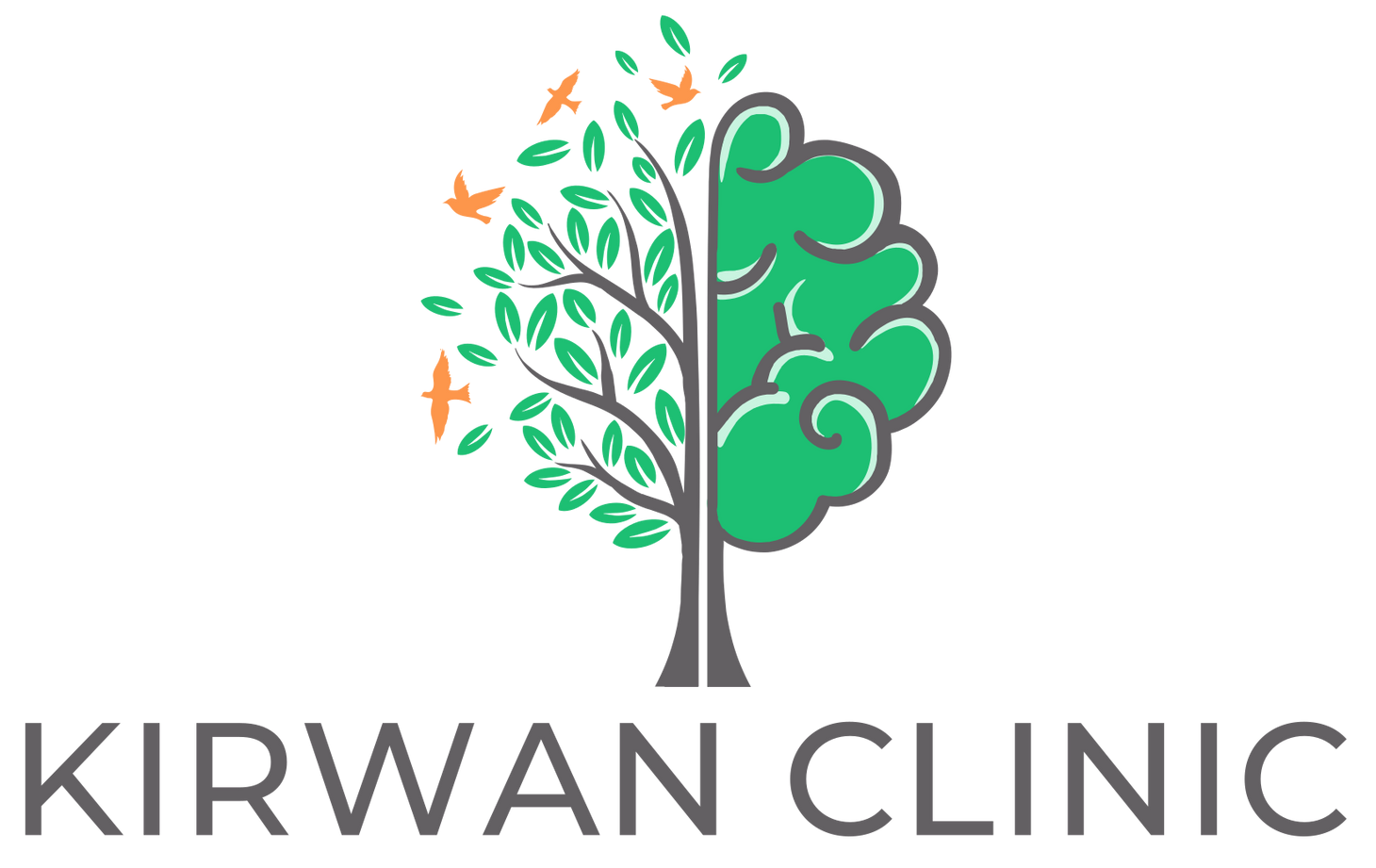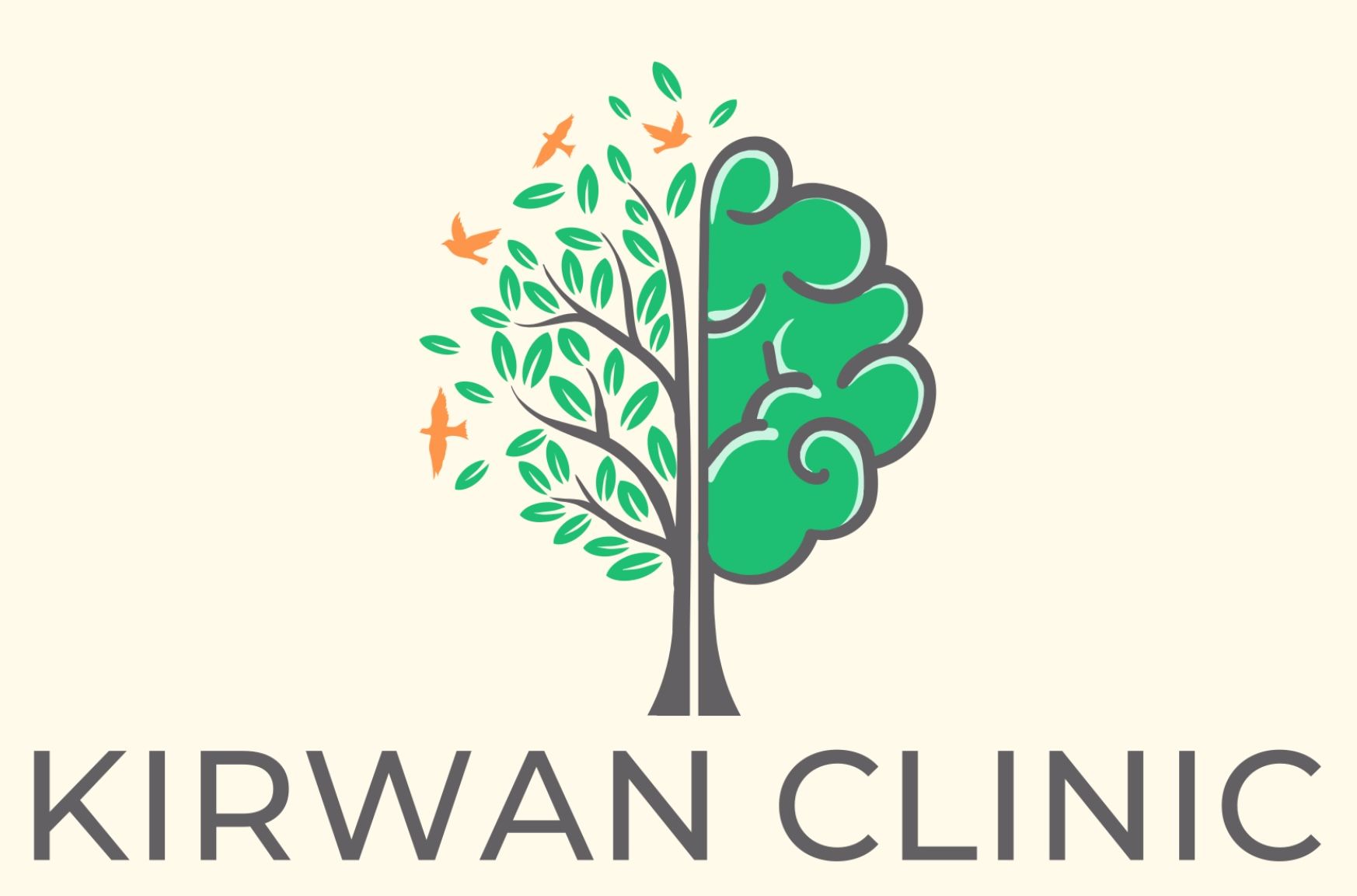Interpersonal Effectiveness
What is Interpersonal Effectiveness?
Interpersonal effectiveness refers to the ability to communicate and interact with others clearly, assertively, and respectfully while maintaining positive relationships and achieving personal or professional goals. It is commonly associated with Dialectical Behavior Therapy (DBT) but is also a key skill in leadership, teamwork, and conflict resolution. It involves assertiveness, emotional intelligence, active listening, and negotiation skills to build meaningful and effective interactions.
Who is Suitable for Interpersonal Effectiveness?
Interpersonal effectiveness is beneficial for anyone who interacts with others regularly, including:
- Professionals & Leaders – To manage teams, resolve conflicts, and collaborate effectively.
- Entrepreneurs & Business Owners – For networking, negotiations, and relationship management.
- Students & Academics – To build social confidence and enhance teamwork skills.
- Individuals with Social Anxiety or Communication Challenges – To develop confidence and clear self-expression.
- Therapists & Coaches – To support clients in improving their communication and relationships.
Benefits of Interpersonal Effectiveness
- Improved Communication – Express thoughts, needs, and emotions clearly.
- Better Conflict Resolution – Navigate disagreements without escalating tensions.
- Stronger Personal & Professional Relationships – Build trust and respect in interactions.
- Increased Self-Confidence – Speak assertively without aggression or passivity.
- Greater Emotional Regulation – Manage emotions effectively in social interactions.
- Enhanced Persuasion & Negotiation Skills – Useful for business, sales, and leadership.
- Reduced Anxiety in Social Situations – Helps in both personal and professional settings.
Types of Interpersonal Effectiveness
Interpersonal effectiveness is often categorised into three key areas:
- Objective Effectiveness (Getting What You Want - DEAR MAN)
- Focuses on achieving a goal in a conversation while maintaining relationships.
- Uses the DEAR MAN technique (Describe, Express, Assert, Reinforce, Mindful, Appear confident, Negotiate).
- Relationship Effectiveness (Maintaining Relationships - GIVE)
- Ensures that interactions preserve or enhance relationships. Often focused on creating a win-win situation, or simply understanding the other person’s perspective.
- Uses the GIVE method (Gentle, Interested, Validate, Easy manner).
- Self-Respect Effectiveness (Maintaining Your Values - FAST)
- Focuses on assertiveness, integrity, and self-respect in interactions.
- Uses the FAST method (Fair, Apologies limited, Stick to values, Truthful).
Preparation Before Interpersonal Effectiveness Training or Practice
Preparation for developing interpersonal effectiveness skills depends on the method being used, whether self-study, professional coaching, or therapy. Here are some steps:
- Self-Assessment – Identify your strengths and weaknesses in communication, conflict resolution, and assertiveness.
- Set Goals—Define what you want to improve (e.g., better workplace communication, conflict resolution, or boundary maintenance).
- Learn the Basics – Familiarize yourself with key interpersonal effectiveness techniques like DEAR MAN, GIVE, and FAST.
- Observe and Reflect – Pay attention to your past interactions and note areas for improvement.
- Find the Right Resources – Books, online courses, therapy, or workshops can enhance learning.
- Practice in Low-Stress Settings – Start by applying techniques in comfortable situations before using them in high-pressure conversations.
What Happens During Interpersonal Effectiveness Training or Practice?
Depending on the method, interpersonal effectiveness practice can involve different activities:
- Understanding Core Skills – Learning techniques such as assertiveness, boundary-setting, active listening, and negotiation.
- Role-Playing Scenarios – Practicing real-life situations to build confidence and refine responses.
- Feedback and Adjustments – Receiving constructive feedback from coaches, therapists, or peers.
- Mindfulness and Emotional Regulation – Managing emotions during interactions to prevent reactive responses.
- Real-World Application – Testing skills in everyday interactions, such as at work or in personal relationships. Often, easier situations first.
- Tracking Progress – Keeping a journal or self-assessment to monitor improvement.
If done in therapy or coaching, structured sessions will guide you through challenges and provide personalised strategies.
What to Expect After Interpersonal Effectiveness Training or Practice?
- Improved Communication Skills – More clarity, confidence, and control in interactions.
- Better Conflict Resolution – Increased ability to resolve disputes calmly and effectively.
- Strengthened Relationships – Positive impact on personal and professional connections.
- Greater Emotional Intelligence – Awareness of your own emotions and others’ perspectives.
- Higher Self-Respect and Boundaries – Ability to say no and uphold personal values without guilt.
- Ongoing Practice Required – Interpersonal effectiveness needs continuous effort and refinement like any skill.
Changes may take time, and setbacks are normal, but consistency leads to long-term improvement.


